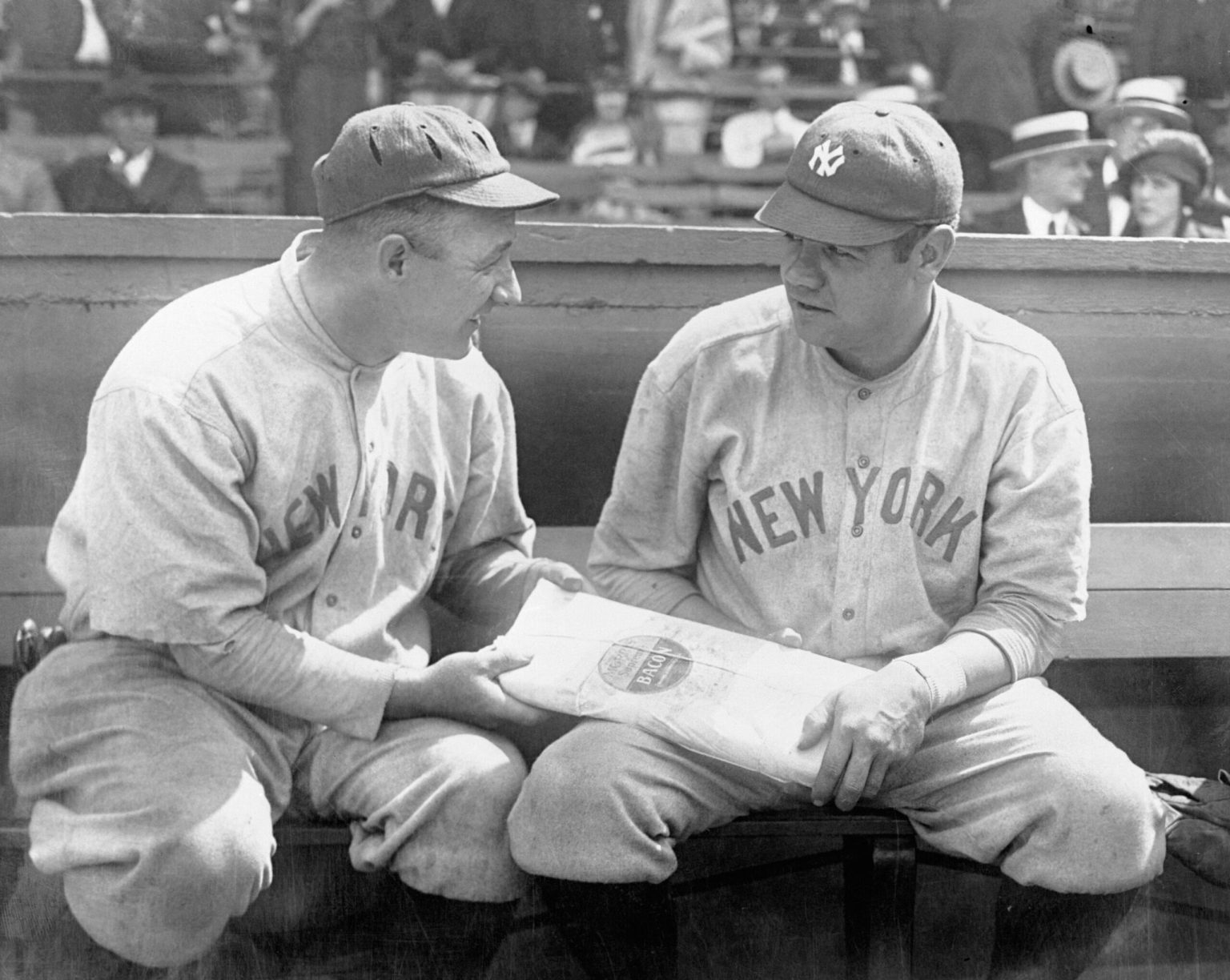In March 2019, John Robinson, founder of Resolution Photomatching, received a request from a sports memorabilia collector in New Jersey. The collector was hoping to authenticate a road Yankees jersey supposedly worn by Babe Ruth in the 1932 World Series. After a three-round research process, Robinson’s company determined it was not a match. Despite the potential for the jersey to become the most expensive piece of game-worn sports memorabilia, the verdict from Resolution Photomatching introduced a degree of uncertainty to the auction, raising questions about standards for authentication in the industry.
The Yankees jersey allegedly worn by Babe Ruth during the famed “called shot” game of the 1932 World Series had been missing for decades. It was discovered in Florida in 1990 and has been a topic of discussion among experts and amateur historians. Attempts to authenticate the jersey have ranged from detailed research and analysis to attempts at photomatching, resulting in a disagreement among some collectors and authentication companies.
The history of the jersey after the 1932 game is clouded in mystery. After being found in Florida in 1990, the jersey was sold to a collector named Andy Imperato for $150,000. The jersey later sold for $284,000 in 1999 and $940,000 in 2005. Apart from Resolution, other photomatching companies like MeiGray and End-to-End have declared the jersey a match based on images and detailed comparisons.
The discrepancies in authentication results stemmed from different interpretations of certain characteristics on the jersey, like the alignment of letters and buttons. Despite disagreement among experts, the jersey, once estimated to fetch upwards of $20 million at auction, remained an appealing item for potential bidders. Jersey authenticity practices and standards differed among companies, raising further questions about the acceptance of uncertainty in the high-priced memorabilia market.
The controversy surrounding the Ruth jersey revealed broader issues within the sports memorabilia industry, particularly around the practice of photomatching. Although some companies rely heavily on the method for authentication, it’s not universally accepted by the industry. Major League Baseball, for instance, does not use photomatching, opting instead for on-site employee authentications.
Despite the disagreement, Robinson remains optimistic about the future of the photomatching industry. He believes that the discussion around the Ruth jersey can potentially lead to better authentication standards. As it stands, the robust conversation around the jersey, coupled with the high stakes of the auction, underscores the nuanced and competitive nature of sports memorabilia collection and authentication.


